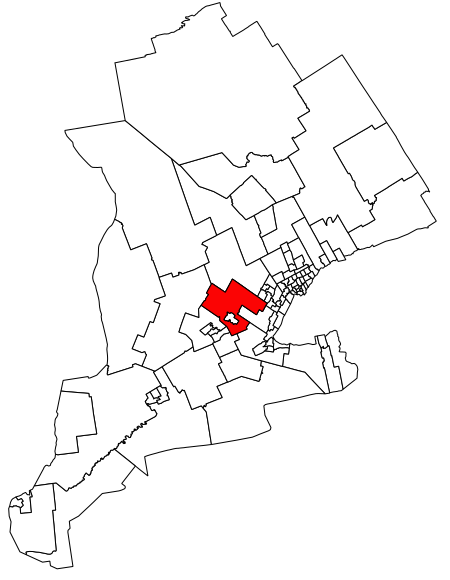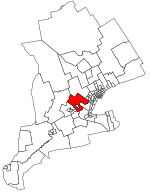Wellington—Halton Hills (provincial electoral district)
Centre WellingtonHalton HillsOntario provincial electoral districts

Wellington—Halton Hills is a provincial electoral district in western Ontario, Canada. It elects one member to the Legislative Assembly of Ontario. The riding, which was first contested in the 2007 provincial election, consists of the municipalities of Guelph/Eramosa, Puslinch, Erin, Centre Wellington and Halton Hills. 47.5% of the riding came from Halton, 25.2% came from Waterloo—Wellington, 16.3% came from Guelph—Wellington and 11% came from Dufferin—Peel—Wellington—Grey. Although it is counted as a Midwestern Ontario riding, the Halton Hills portion is part of the Greater Toronto Area.
Excerpt from the Wikipedia article Wellington—Halton Hills (provincial electoral district) (License: CC BY-SA 3.0, Authors, Images).Wellington—Halton Hills (provincial electoral district)
Wellington Road 27, Guelph/Eramosa
Geographical coordinates (GPS) Address Nearby Places Show on map
Geographical coordinates (GPS)
| Latitude | Longitude |
|---|---|
| N 43.633 ° | E -80.166 ° |
Address
Wellington Road 27 5248
N1H 6H7 Guelph/Eramosa
Ontario, Canada
Open on Google Maps









